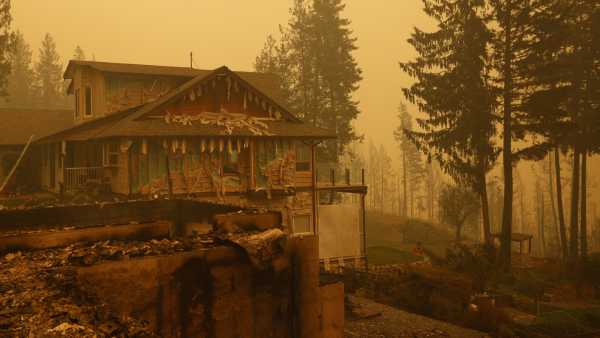
Canada's 2023 wildfire season has been the most destructive on record. (Photo: Cole Burston/Bloomberg via Getty Images)
More than 87,000 premature deaths worldwide could be caused by Canada's devastating 2023 wildfire season, new research estimates.
That year, fires destroyed 18.4 million hectares of Canadian forests, about 5% of the country's total forest area. Smoke from the fires severely affected the northeastern and Midwestern United States and even crossed the Atlantic, reaching Europe and North Africa.
A new study published Sept. 10 in the journal Nature suggests that short-term exposure to particulate matter from these fires led to about 5,400 deaths in the U.S. and Canada. The fires, which burned for weeks, also contributed to chronic exposure to pollution that accumulates over the course of each person’s lifetime. Chronic exposure to these fires caused an additional 82,100 premature deaths worldwide, according to the new study.
You may like
-
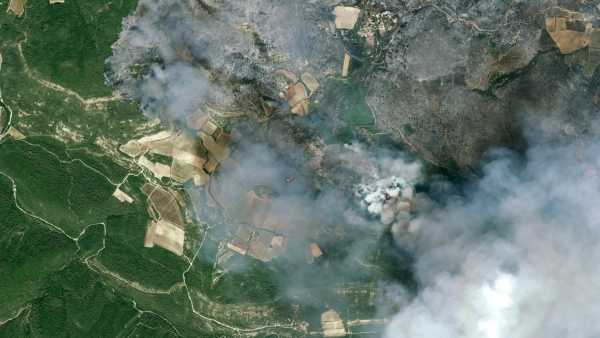
Satellites show France's biggest wildfire in 75 years engulfing an area larger than Paris.
-

Glaciers in North America and Europe have lost “unprecedented” amounts of ice in the past four years.
-

According to a new study, 96% of the world's oceans will experience extreme heat in 2023.
“In the study, “acute mortality reflects short-term health effects that occur during 'Canada smoke days,' when daily PM2.5 levels significantly exceed health guidelines and can immediately trigger fatal outcomes such as heart attacks or respiratory failure,” lead study author Qiang Zhang, an environmental scientist at Tsinghua University in Beijing, told Live Science in an email.
“Chronic deaths reflect the health burden from long-term exposure, which increases the risk of cardiovascular and respiratory diseases and leads to premature mortality that accumulates over time,” Zhang explained.
There is uncertainty in those numbers, but the health risks from exposure to wildfire smoke are a serious concern, said Emily Fisher, an atmospheric scientist at Colorado State University who was not involved in the new study.
“There will be more climate change events like this, and it’s hard to put a number on them,” Fisher told Live Science. “But this is just the tip of the iceberg.”
According to the Environmental Protection Agency, in the short term, wildfire smoke can cause eye and respiratory irritation, bronchitis (inflammation of the airways in the lungs), and exacerbation of lung diseases such as asthma. Both acute and long-term smoke exposure can also put stress on the cardiovascular system, increasing the risk of heart attack or stroke. Smoke exposure has also been linked to memory and learning problems, and in the long term, it can increase the risk of dementia.
To quantify the impact of the 2023 Canadian fires, researchers from China, the U.S., and Canada first modeled how smoke would spread around the world. They then collected global data on observed concentrations of PM2.5, or particulate matter 2.5 micrometers or smaller in diameter — small enough to be inhaled deep into the lungs and even enter the bloodstream.
Using a machine learning approach, the researchers estimated what proportion of the observed PM2.5 particles were associated with the Canadian fires. They then used existing epidemiological models to determine the likely number of deaths associated with PM2.5 particles emitted by the Canadian fires, based on the number of people exposed.
That's a lot of people, and they're a long way from Canada.
Stephen Davis, Stanford University
The results showed that the fires in Canada that summer accounted for 13% of the total PM2.5 emitted into the atmosphere by all fires worldwide in 2023. About 354 million people in the United States and Canada were exposed to the pollution, increasing annual PM2.5 exposure in North America by 1.08 micrograms per cubic meter. Additionally, due to the distance the smoke traveled, people in Europe also saw an average increase in exposure of 0.41 micrometers per cubic meter.
“We know that when pollution levels go up, we're going to get more deaths compared to the previous day or compared to the average day,” said study co-author Michael Brauer, an environmental researcher at the University of British Columbia.
Of those deaths from acute illness, about 4,100 occurred in the U.S. and 1,300 in Canada, the researchers estimated. Although air quality was worse in Canada than in the U.S., the affected U.S. regions were more densely populated, meaning there was a higher level of actual exposure, Brower told Live Science.
The researchers also estimated that long-term exposure to smoke shortened the lifespan of 82,100 people worldwide, including 33,000 people in the U.S. (Air pollution overall is responsible for about 100,000 deaths per year in the U.S., according to a 2020 study.)
Researchers reported that Canadian smoke would have caused an estimated 22,400 fewer lives in Europe in 2023, accounting for 3.8% of PM2.5-related deaths on the continent.
“That’s a significant number of people, and they’re a long way from Canada,” said study co-author Stephen Davis, a professor in Stanford University’s Department of Earth Sciences. He told Live Science that pollution from the fires knows no borders, making the fires an international problem.
RELATED STORIES
—Even trees hold their breath to avoid smoke from forest fires.
—6 Symptoms of Poor Air Quality
—What is the air quality index?
Fisher said the findings suggest that the public needs to prepare for smoke by increasing monitoring and public education. For example, people should know that smoke stops smelling like smoke after about 24 hours, but that doesn't mean it's safer to inhale.
Measures such as wearing masks outdoors on fire-prone days and improving building design to better filter the air would help avoid many of the worst health effects associated with wildfire smoke, Brower said. And those measures will need to be taken because wildfires are likely to increase in a warming world, he said.
“It was a historically significant event, but I think we’ll break that record someday,” Brower said of the 2023 fires. “It’s not something extreme that we’ll never see again.”
Disclaimer
This article is for informational purposes only and does not provide medical advice.

Stephanie Pappas, Social Link Navigator, Live Science Contributor
Stephanie Pappas is a freelance writer for Live Science, covering topics ranging from geoscience and archaeology to the human brain and behavior. Previously a senior writer for Live Science, she now works as a freelance writer in Denver, Colorado, and regularly contributes to Scientific American and The Monitor, the monthly magazine of the American Psychological Association. Stephanie earned a bachelor’s degree in psychology from the University of South Carolina and a graduate certificate in science communication from the University of California, Santa Cruz.
You must verify your public display name before commenting.
Please log out and log back in. You will then be prompted to enter a display name.
Exit Read more
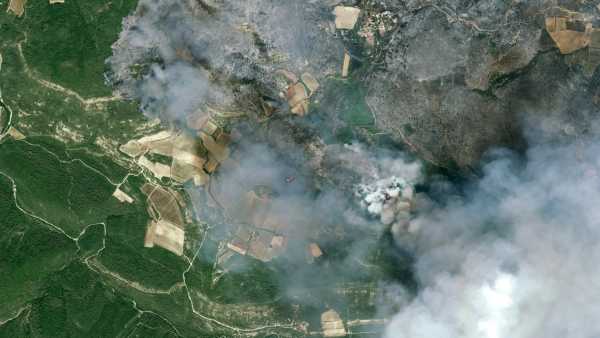
Satellites show France's biggest wildfire in 75 years engulfing an area larger than Paris.

Glaciers in North America and Europe have lost “unprecedented” amounts of ice in the past four years.

According to a new study, 96% of the world's oceans will experience extreme heat in 2023.
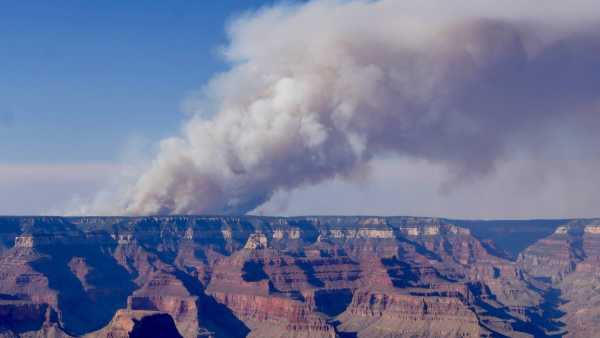
Grand Canyon Dragon Fire Destroys Historic Building, Causes Toxic Gas Leak
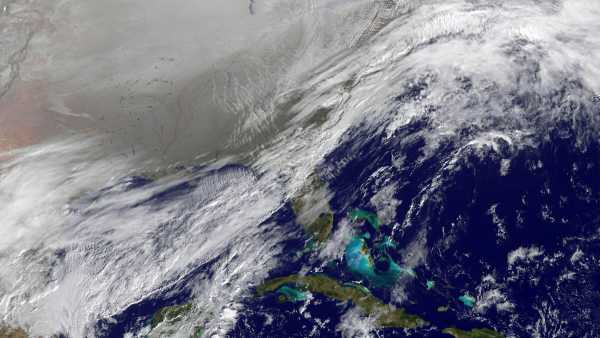
Scientists have detected changes in the polar vortex that are plunging parts of the US into a deep freeze
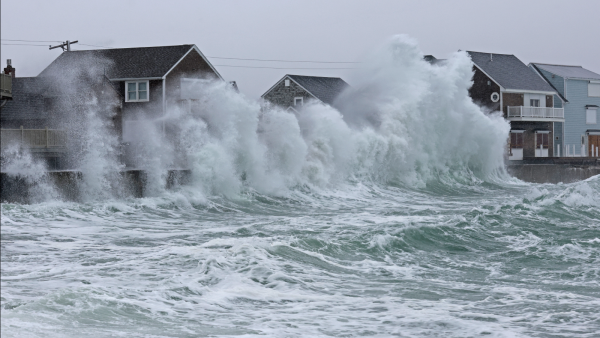
Strong northeast winds along the U.S. East Coast are becoming more intense as global warming continues, according to a study.
Latest Health News

“We have effectively destroyed our entire capacity to respond to a pandemic,” says leading epidemiologist Michael Osterholm.

Woman Constantly Tastes Like Bleach — And Doctors Find Hidden Cause in Her Blood

Watch nature documentaries and science shows for 50% off. This Paramount Plus offer will save you up to $60.

Study Finds Just One Dose of LSD Can Relieve Anxiety for Months

Extreme Thinness: Scientists Explore Why Some People Find It Hard to Gain Weight

Scientists have invented “spermbots” that they pilot through an artificial cervix and uterus.
Latest news
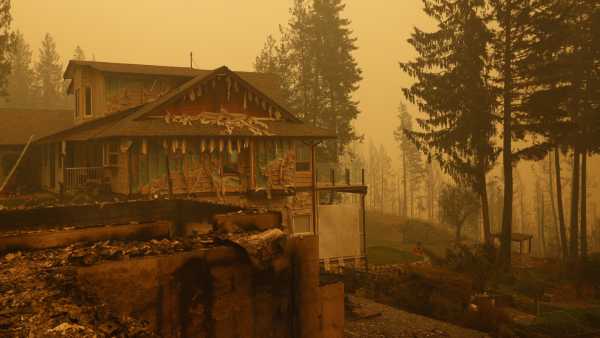
The study estimates that wildfires in Canada will cause 87,000 premature deaths worldwide in 2023.

Ancient DNA from Mexican mammoths reveals unexpected and unexplained genetic secrets

Confirmed! Merging black holes confirms Stephen Hawking's theory.

Asteroid Apophis flyby will be a 'once in a millennium' opportunity for skywatchers and scientists

NASA Discovers Strange 'Turtle' on Mars

Human Stem Cells Become More Active in Space—And That's Not Good
LATEST ARTICLES

1When does the autumnal equinox occur and why does it happen?
Live Science is part of Future US Inc., an international media group and leading digital publisher. Visit our corporate website.
- About Us
- Contact Future experts
- Terms and Conditions
- Privacy Policy
- Cookie Policy
- Accessibility Statement
- Advertise with us
- Web Notifications
- Career
- Editorial Standards
- How to present history to us
© Future US, Inc. Full 7th Floor, 130 West 42nd Street, New York, NY 10036.
var dfp_config = { “site_platform”: “vanilla”, “keywords”: “type-news-daily,serversidehawk,videoarticle,van-enable-adviser-
Sourse: www.livescience.com





